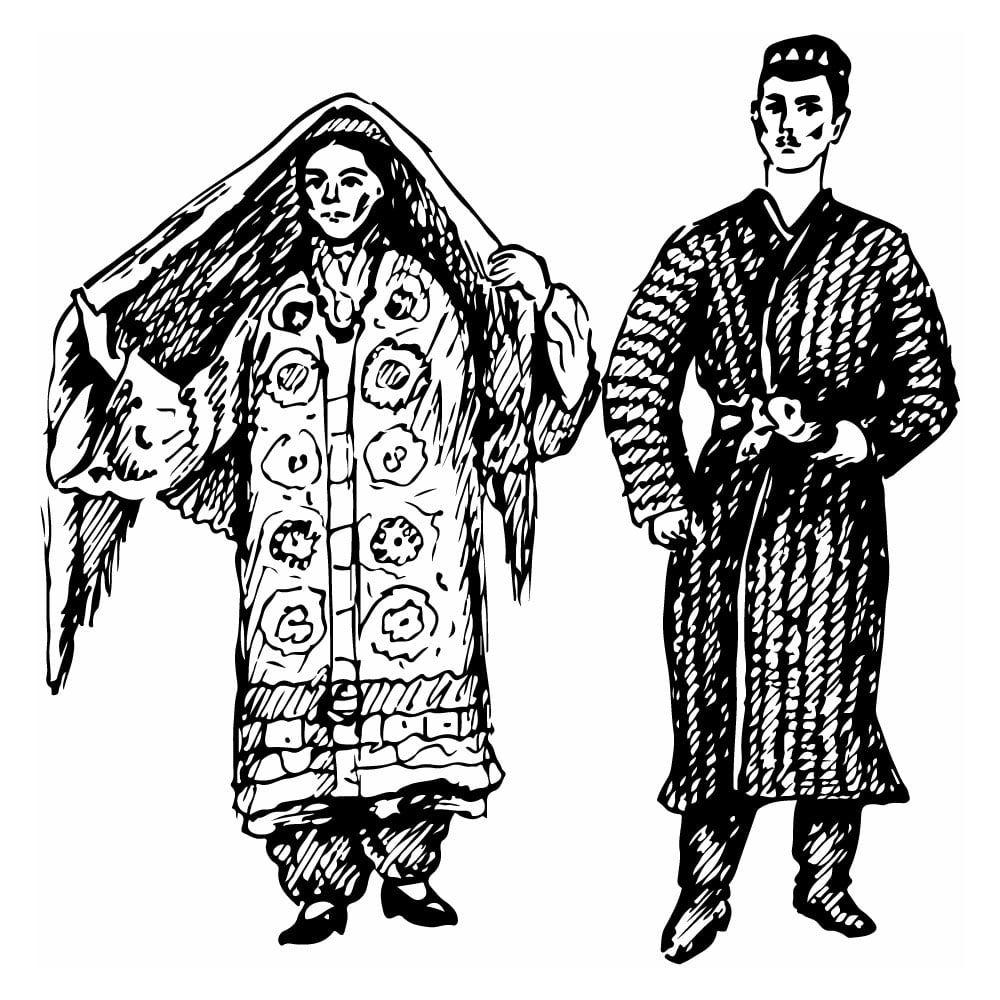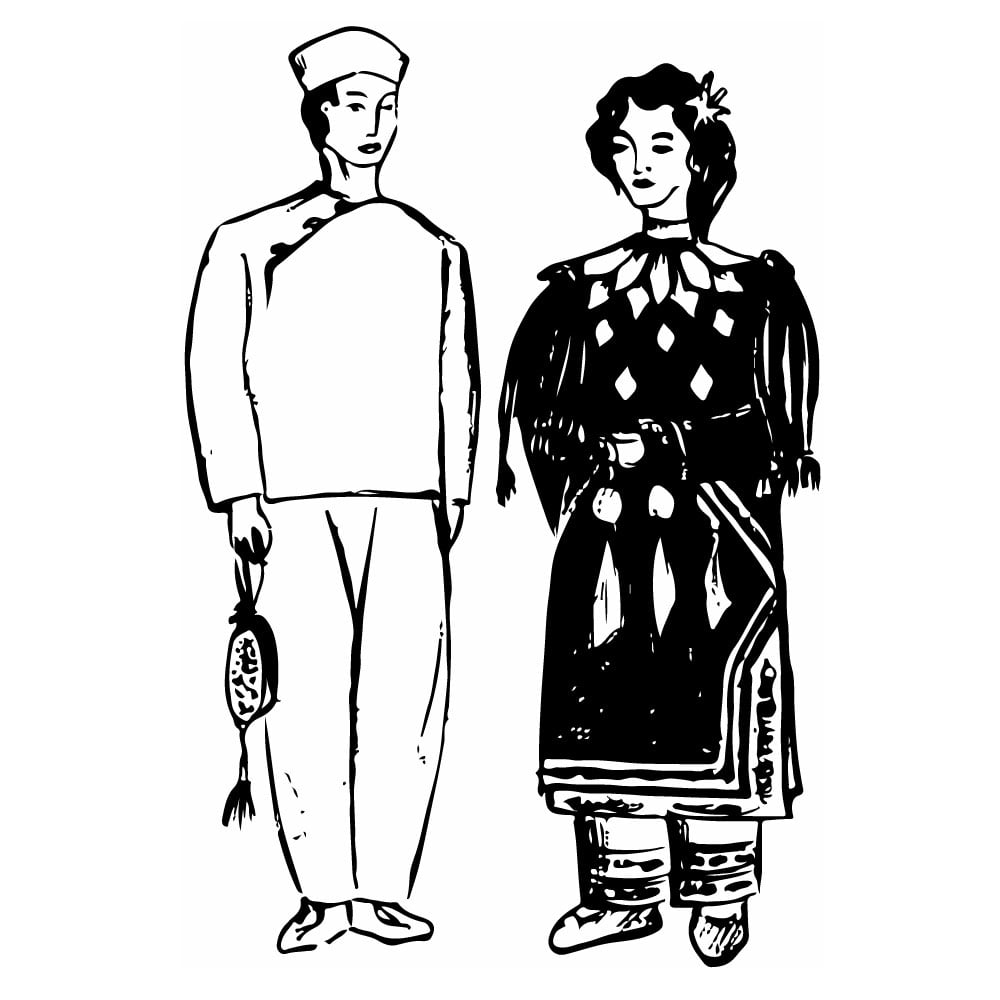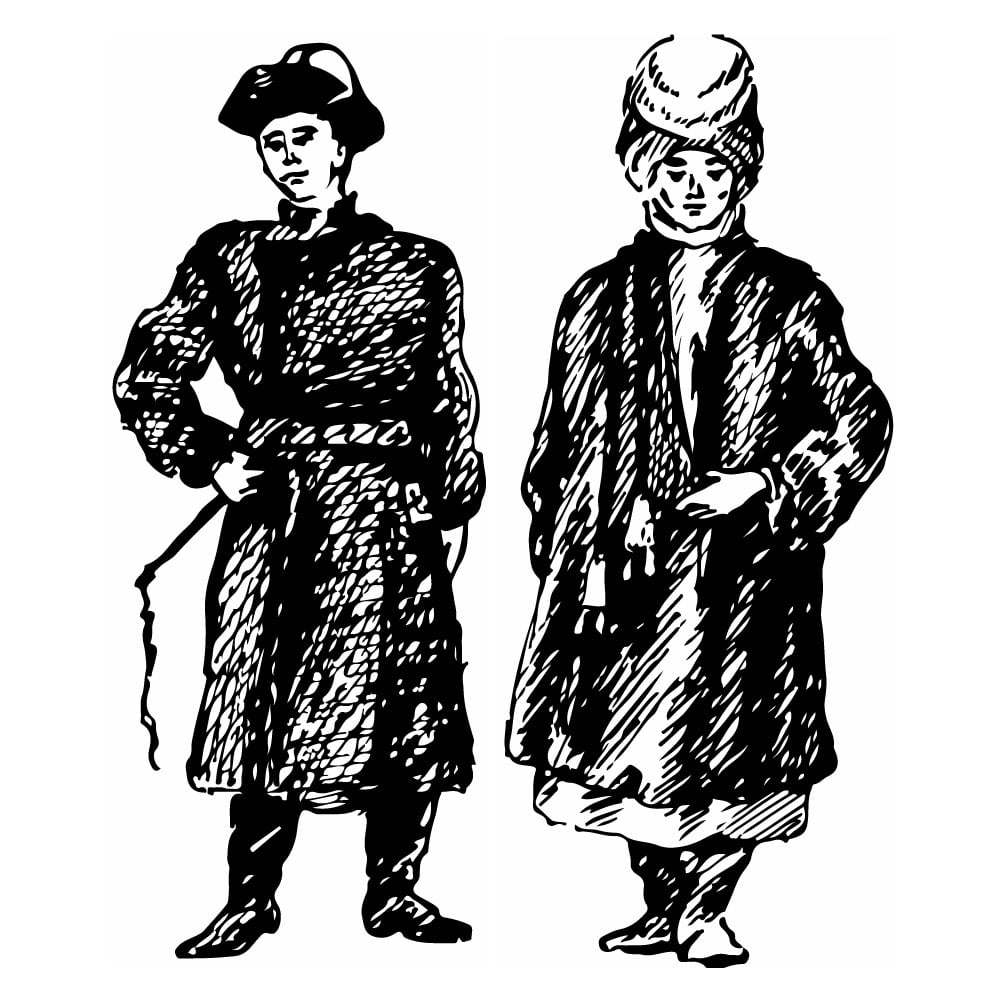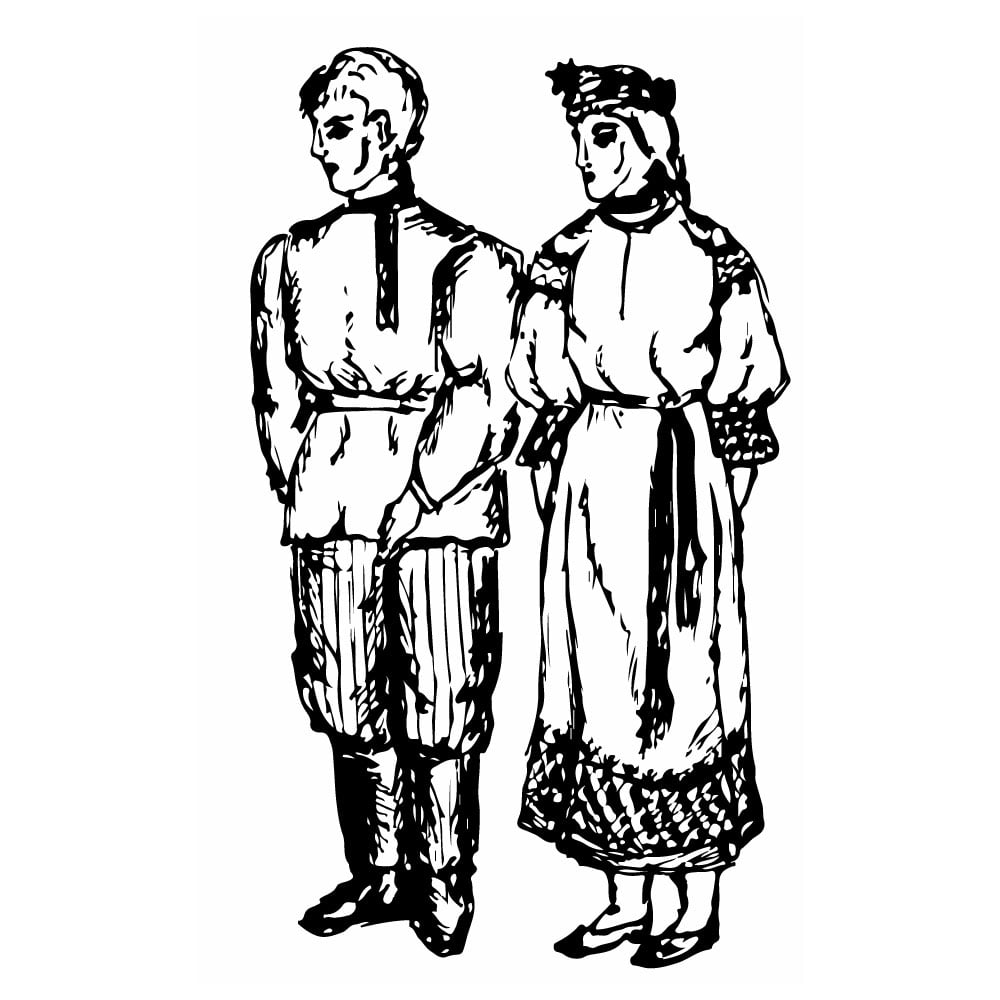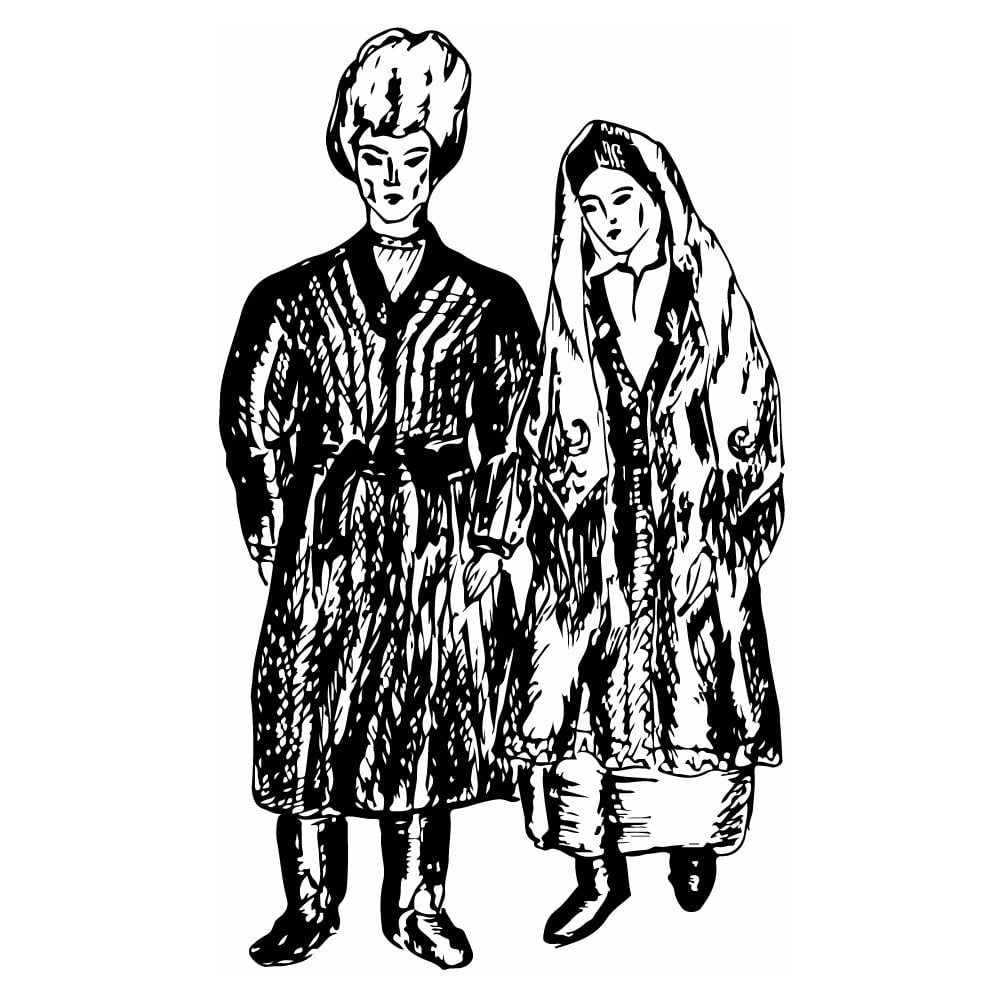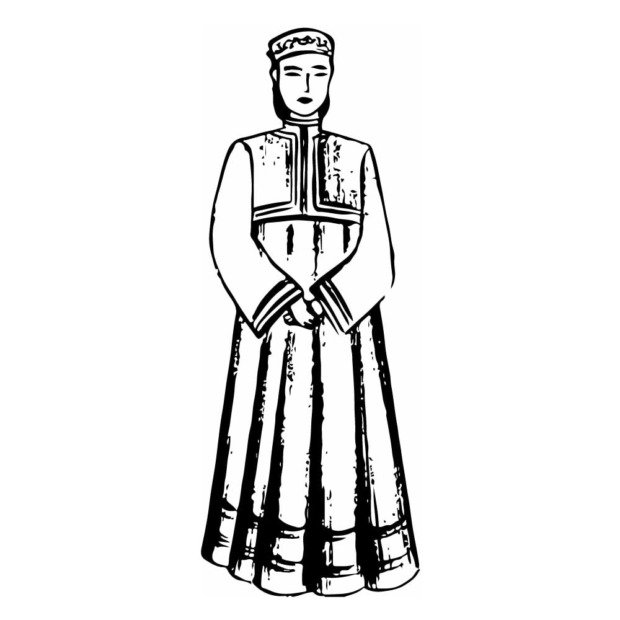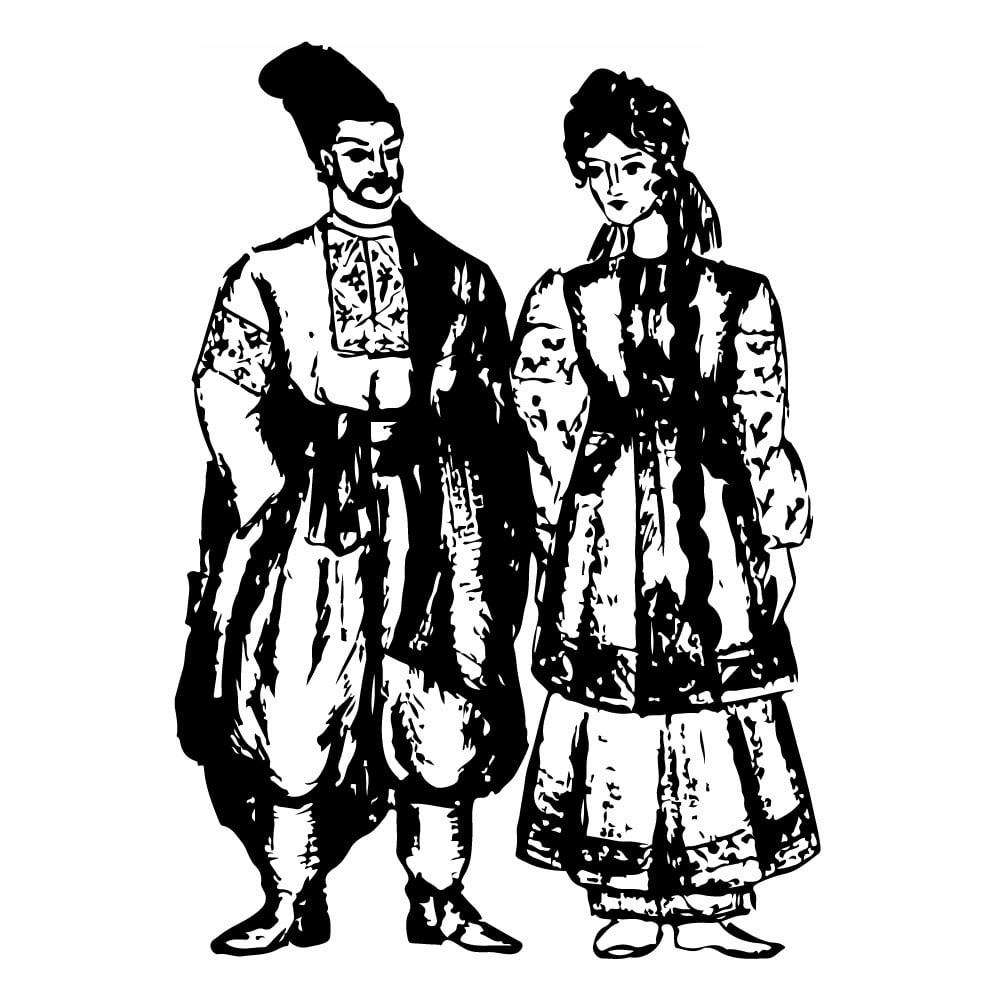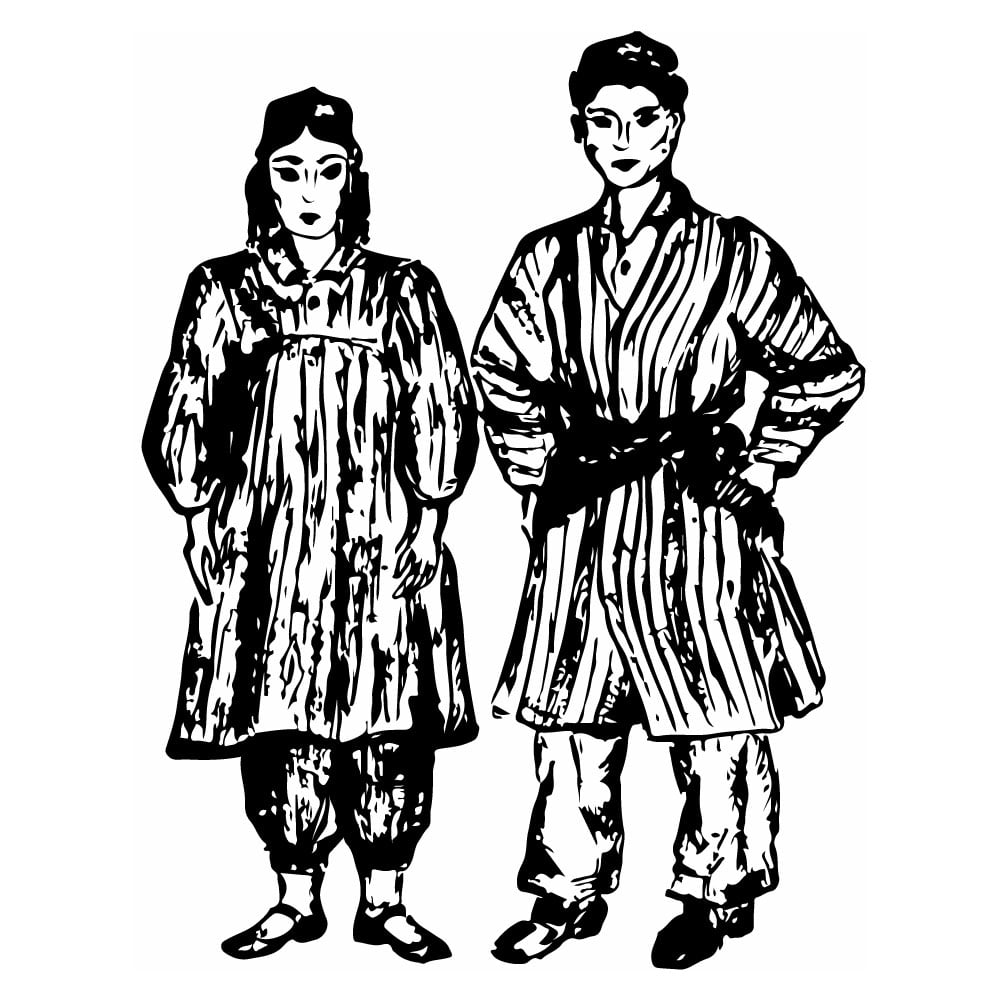Tajiks
| Population | 5,093,000 |
| Language group | Iranian group of the Turkic languages |
| Language | Tajik |
| Region | Tajikistan |
| Religion | Islam/Sunnite |
*Population estimates for 1994
Tajikistan is one of the southernmost republics of the CIS. It is situated on the same latitude as South Italy and Central Japan. The nature of the country is a land of a multicolored terrain with rare plants and animals. The territory of the Tajikistan is completely mountainous with only tenth of it being lowlands. It is within the lowlands where almost all of the population lives.
The history of the Tajiks is tightly connected with the Central Asian people, such as the Uzbeks, Kyrgyz, and Turkmen. Their ancestors, the Bactrians, Sogdei, Saki, and Massaget inhabited the territories of Central Asia (now in the CIS, some districts of Khorasan, part of the present Iran, and some districts of Gindukush, Afghanistan).
The Tajiks (or the Tochik as they call themselves) are one of the most numerous peoples in Central Asia totaling a population of 3,900,000. The Tajiks are the native population of the Republic. They can also be found in other republics of the CIS such as the Uzbekistan, Kyrgyzstan, and Turkmenistan. The Tajiks also live in Afghanistan, Iran, North Pakistan, and China.
The formation of the Tajik nationality started in the fourth and fifth centuries within the boundaries of the Samonid state. Its ethnic constituents were the ancient Central Asia tribes, such as the Bactrians, Tokhar, Sogdei, Saki, and Khionit-Eftalit.
Anthropologically, the Tajiks belong to the European race with the Pamir-Fergana being the most characteristic of them. The Tajik people have dark hair and eyes, round heads, and middle height. The inhabitants of the southern parts have some Mongolian traits, such as less hair on their face and skin, a flattened face, and narrower eyes.
Tajik people in the cities wear modern clothes, while the traditional clothing have been preserved by the inhabitants of villages in Central Asia. They still use beautiful skullcaps, women’s headdresses, kerchiefs, dresses, decorations, and men’s embroidered girdles, kerchiefs, and robes.
The Tajik people seem to adore children; many of the families have six or seven children.
The official Tajik religion is the Islamic faith. Ancient traditions, customs, and beliefs have been preserved in their everyday life. The most ancient agriculturial holiday is the New Year known as Navruz. They celebrate this holiday on the Spring equinox which is the 21st day of March. This nationwide holiday starts off the spring season, it is a symbol of the people awakening to nature and the beginning of a new agricultural year. On these holidays the festivities include horse races, games, and other competitions. Another holiday takes place after the cotton has been harvested.
The Tajiks’ love of singing, dancing, and theatrical art is deep within their heritage. During the fifteenth and sixteenth centuries, they had singers and actors performing plays and rope-walkers preforming at festivals. Their national music is presented in the form of songs.
At the beginning of the twentieth century some Tajik cities still had blocks of weavers, potters, blacksmiths, woodcarvers, and other craftsmen. The ceramic and pottery trades were highly developed. Today, few people deal with such craftsmanship; however, there are still some of the crafts, especially the artistic ones, being preserved. People widely use embroidered clothes, such as waist kerchiefs, skullcaps, women’s dresses and household items, such as embroidered wall pictures and blankets. To this day, the Tajiks can still be found in many of the nation’s industries as well.
This is Ad 1

